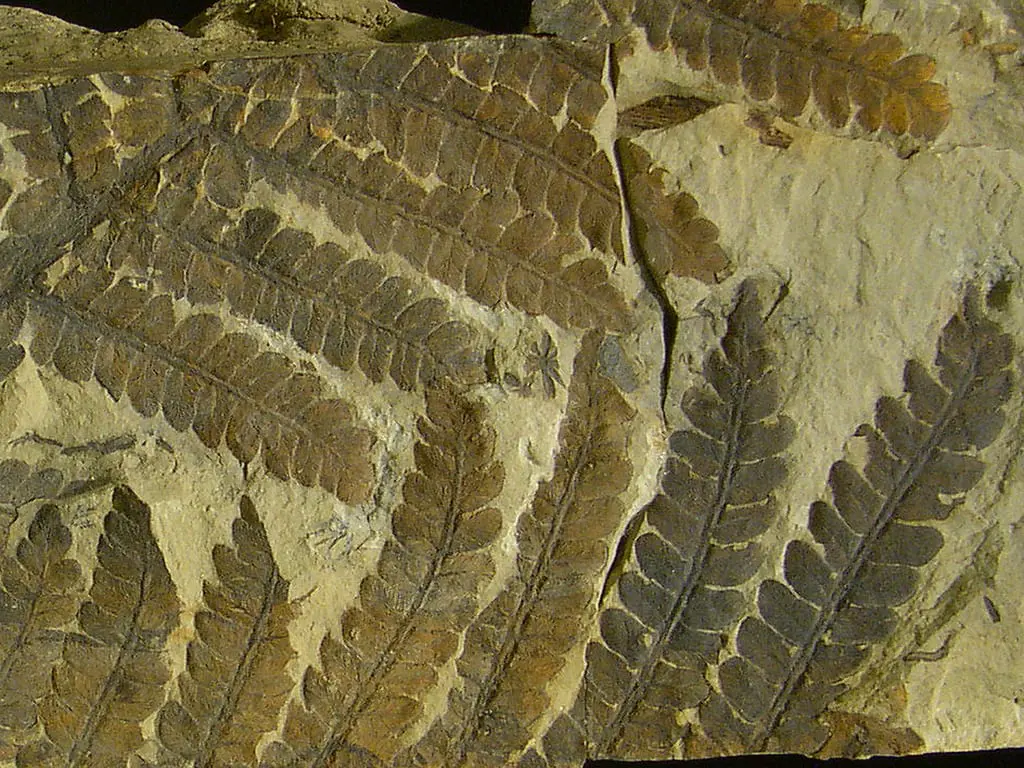Paleobotany is a science thanks to which we can, at least intuit, how the planet Earth must have looked in the past, but not only that, but it also allows us to know what climate there was and, the most interesting thing if possible: how they have Plants have evolved over time.
It is a certainly fascinating branch of paleontology. The fossilized remains that have come down to us give us a glimpse into a time when our home, the Earth, was inhabited by beings that we could not otherwise even suspect were here.
Index
- 1 How did plants fossilize?
- 2 How are fossils cleaned?
How did plants fossilize?

As we know, plants cannot move from place to place. They grow and die where the seed sprouted. Once they become lifeless, they become food for microorganisms, especially fungi; because of this, it is not easy to find plant fossils. But, given the right conditions, they can form.
Depending on where they are or where they have been buried, we distinguish several types:
- Charring – Occurs when a plant falls into a swampy environment and is submerged in a low-oxygen medium. In doing so, the carbohydrates that make up the cellulose slowly decompose, releasing methane and carbon dioxide.
- Imprints – Occurs when plant debris, for example a leaf or flower, imprints itself into the sediment.
- Mineralization : occurs when the remains are buried under the sediments. Organic tissues are replaced by mineral substances.
- Molds – Occurs when the bulkier parts of plants become buried in sediment. In the event that the interior of the trunk is destroyed, the hole will remain, but if the hole is filled with sediment, the counter mold will form.
How are fossils cleaned?

The fossils, both of plants and animals, once found and extracted, the first thing that is done is to cover them with plaster . Although they are “rocks”, they are really very delicate pieces that, if not treated with great care, could be lost forever.
Once they have been taken to the laboratory , the upper layer of the plaster is removed and they are cleaned with a pneumatic air scribe , which is a device similar to the burs used by dentists. With it, you can separate the pieces of rock that are left over.
Next, a chemical (B 72) is applied to them that will protect them from the deterioration that could be caused by acids. They are then immersed in specific chemical solutions that are well controlled to remove the crust of soil no larger than 5 millimeters.
Finally, scientists can study them in depth , identifying the species to which they belonged, their geological age, their size, etc.
This is a job that can take from a few weeks to years , depending on the fossil in question. However, when they are finished, many of them are taken to museums where people like you and me can go to see them and, perhaps, imagine themselves in a truly wild and natural world.
